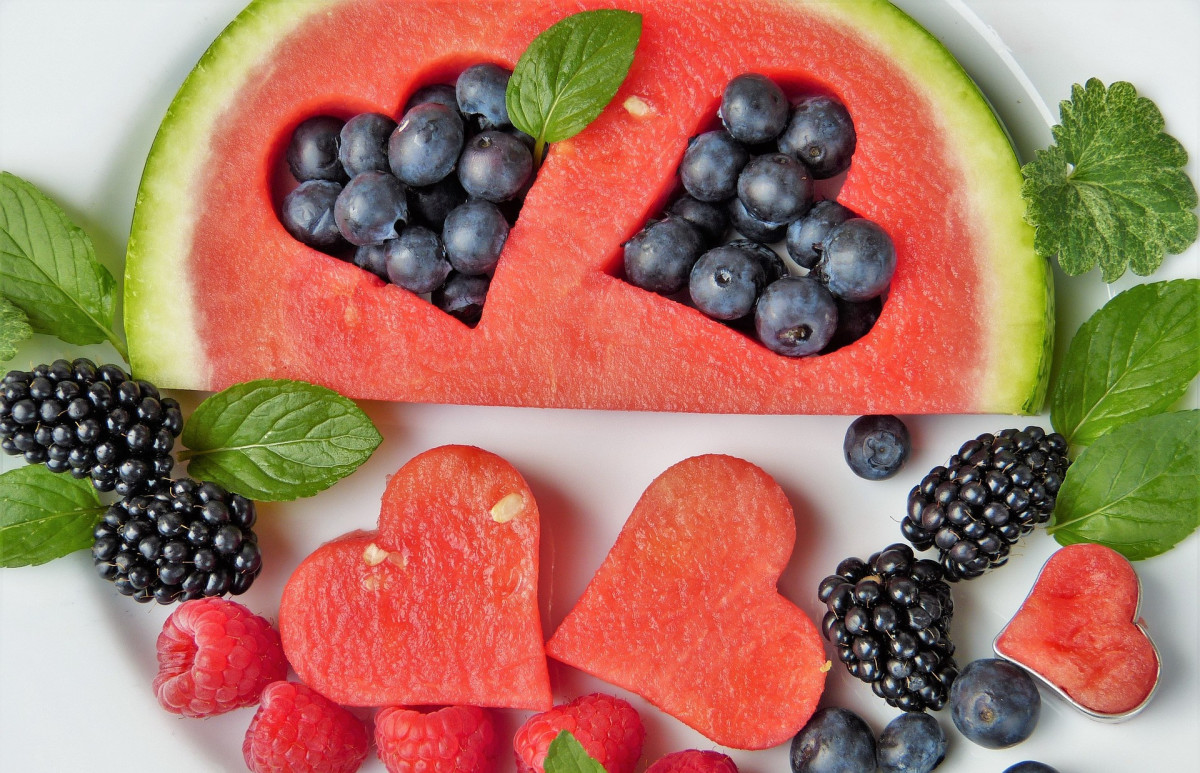10 Mom's Tips to Raise a Good Eater
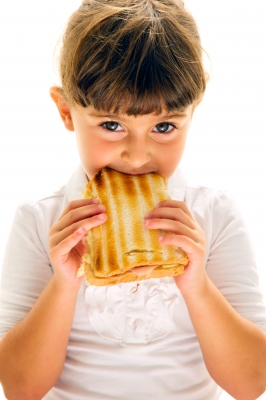
Raising a Non-Picky Eater
Both my husband and I love food, and we like to taste any cuisine. We have raised two adventurous eaters, now ages 10 and 14, that are open to try new things. They didn’t always like them at first, but they always gave it a try.
You can call our approach old fashioned, it is actually very close to the no-nonsense and no-waste philosophy that my grandparents had. But we believe that's our responsibility, as parents, to teach our children the value of good nutrition, while minimizing waste.
Children Always Test Boundaries
Every parent knows it: children love to challenge our rules and try to get their way and push the limit a little further, either by negotiating incessantly, throwing tantrums, or refusing to do something.
Being a parent is challenging and it takes a lot of willpower to be consistent and not cave in.
Are they really too sick to go to swim practice? Do they really dislike the taste of tomatoes? Or are they only trying to test us? One of the challenges for all parents is learning to recognize when your children’s excuses are legitimate.
When it comes to food especially, how do you know whether they honestly "don't like it", or if they are just being picky?
10 Golden Rules on Child Eating Habits
If you have small children and you find yourself nervous about what they are willing to try and eat, you may want to take a look at the "rules" below - and, if it's of any extra help, rest assure you are not alone in the parent-child struggle to healthy eating.
You can do it! :)
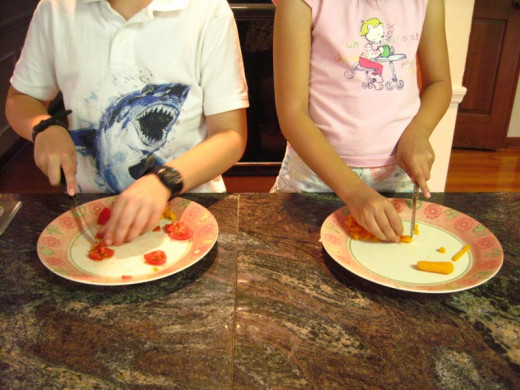
1. Most Foods Are Acquired Taste
When you introduce a new food it will most likely take your child (or even an adult) a few tries before being able to appreciate the new taste.
So it’s OK to offer only a spoonful of new foods, alongside some other better received choices. For some foods, I’m the only person eating them in the household. For example: my husband does not like peas and zucchini. While he does not express his dislike in front of the kids, he does not take any. So I cook them for myself, and offer to everybody each time. Sometimes the children taste them, sometime they don’t; I never force them.
But just seeing me eating them with such appetite and pleasure, I’m sure they’ll grow on them someday, as fresh salad, mushrooms, lentil soup, octopus, etc. already did.
2. Do as You Preach
Be a role model, and be the first to eat a variety of healthy foods.
Consistency is important, and not only with food. Children will pick up immediately if you are being a hypocrite that does not follow his/her own rules.
If you ask them to taste all foods, but you are picky when it comes to your own menu, then there is not much hope they’ll do any different. If an adult in the house is a picky eater, the children will follow those footsteps in a heartbeat.
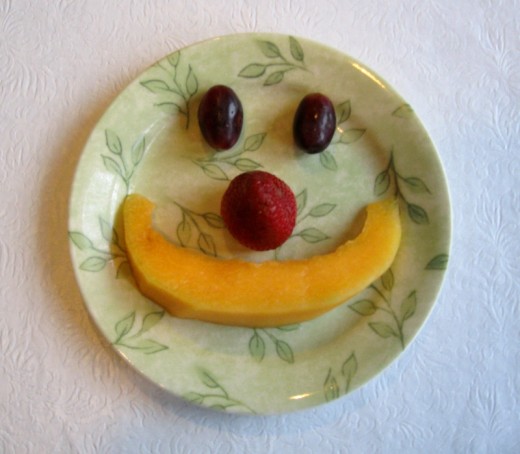
3. Make the Eating Experience Fun
Eating is necessary for our lives, and we have to do it every day, several times a day, to be able to function. As parents, we strive to make bedtime a joyful and calming routine, but often we forget about associating food to positive feeling.
When my son was a toddler he would stop eating after a few bites, but I soon figured out that if I was making it a game he would finish all, and ask for more. I was pretending I did not see him stealing food from the fork I was holding, and I would make it a math game counting the bites left and making him giggle when I found out one more was missing. Or I would make rhyming stories continuing at each bite.
Bottom line is, he had fun, he ate anything I served him, and he is now a healthy and adventurous eater.
4. Don’t Be a Short Order Cook
Never force children to eat if they don’t feel like it, but if they are hungry they should eat what is served.
Prepare a nice healthy and complete meal, and that is it. No back-up choices, crackers from that pantry, or chicken nuggets kept in the freezer just-in-case.
Use the less loved ingredients to make fun compositions on the plate, like smiley face, an animal, or spelling the child's name. That’ll make more likable any food.
I always say that when we are really hungry, we would eat anything. So if my children don’t even taste what I prepare I assume they are not hungry, they are excused, and can eat later.
5. Serve a Smart Choice of Foods
Serving complete and healthy meals, you’ll offer different things and most likely the children will like at least some of them.
If you have a main dish with all the components, you can allow them to discard the elements that they dislike, and eat the rest.
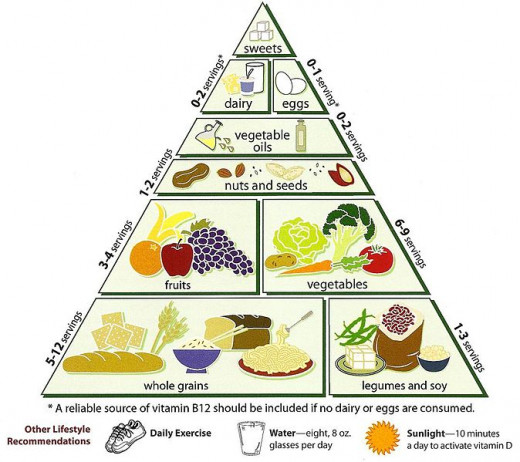
6. Show Trust on the Child’s Judgment and Taste
To know if you like something you've got to try it, there is no way around it.
I ask my kids to try a bite or two, and then they can express an opinion. I'll respect that opinion.
Of course I make them taste every time I prepare that dish, no matter how many times they tell me they don't like it.
7. You’ll Eat it When You Are Hungry
I never force my children to eat, if they are playing with their food, or just don’t want to eat there is usually a good reason. Often enough the reason is that they are not hungry, sometimes they may even be sick.
So the food on their plates gets refrigerated into plastic containers, with their name on it, and it’ll be available later or at the next meal. I don’t throw away any food that is still eatable, leftovers are a good thing if you store them in a safe way.
They’ll get the same food again at a better time, until they’ll eat it all or the food is no longer edible.
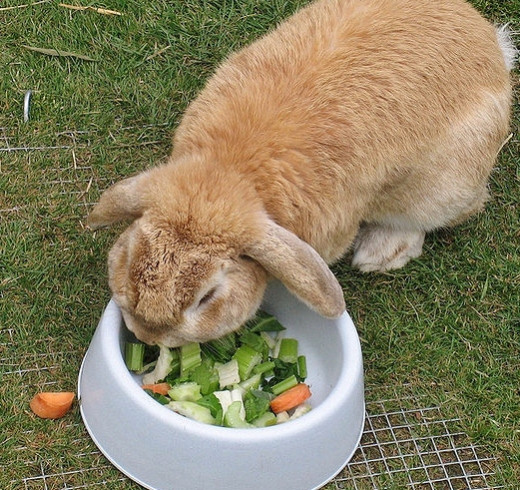
8. Say a White Lie to the Picky Eater
Yes lie, you can count this as a good lie. Let say you serve pasta with broccoli and your young child says infamous words: I don’t like it.
You can put up a dumbfounded mask and go: “Really? That’s strange: last month you said you loved them! You even asked for more when you were done.” (It could have happened, right?)
The child is probably sticking to his/her guns: “I don't remember that. And I don't like it.”
You need to keep at it convincingly: “Oh, I made them again only because you liked them so much last time.... Can you at least try a few and then decide?”
At this point the best way to go is to make a pact that if he/she does not like the food, you will not force it.
And that’s when you may want to come up with a funny family memory about that dish, or say how many carbs it contains, and carbs make you jump higher and run faster, etc.
While I never forced a child to eat something truly disliked, many times with this strategy they ended up asking for more.
9. You are Expected to Eat What You Dish Up
Set you children up for success: serve them small portions, especially of food that is new to them, or you know they may dislike. They are welcome to get seconds, but everything that gets on the plate they are supposed to eat, now or later.
This teaches them some responsibility while they learn not to waste food.
10. Let the Child Help in the Kitchen
As my daughter, 7 year-old, says: it’s fun to help prepare the food because then you get to eat what you have done.
We are all less critical for things that we do ourselves, and children are more likely to taste and like a food if they contributed to the preparation.
© 2012 Robie Benve




